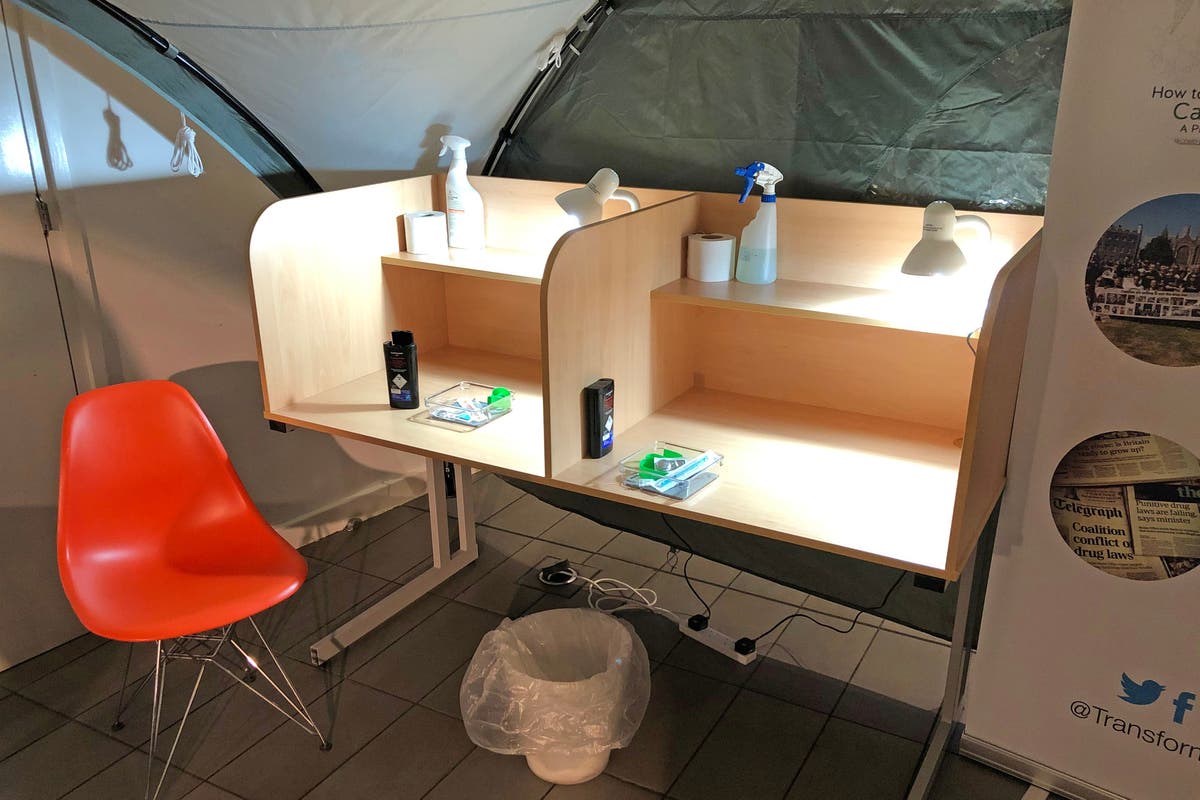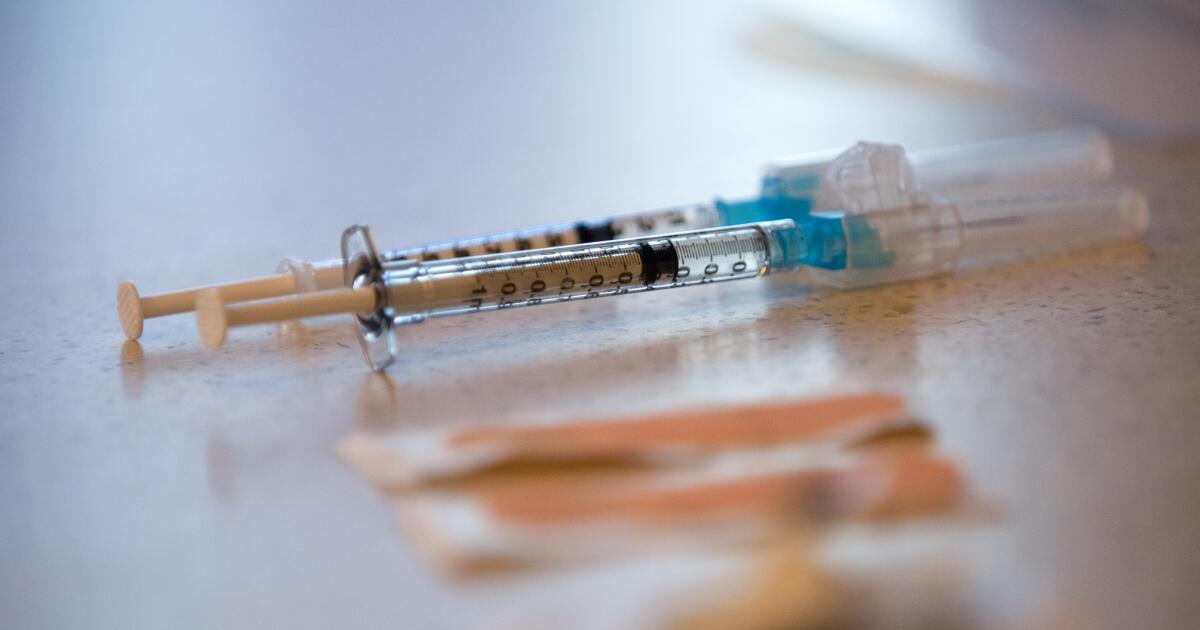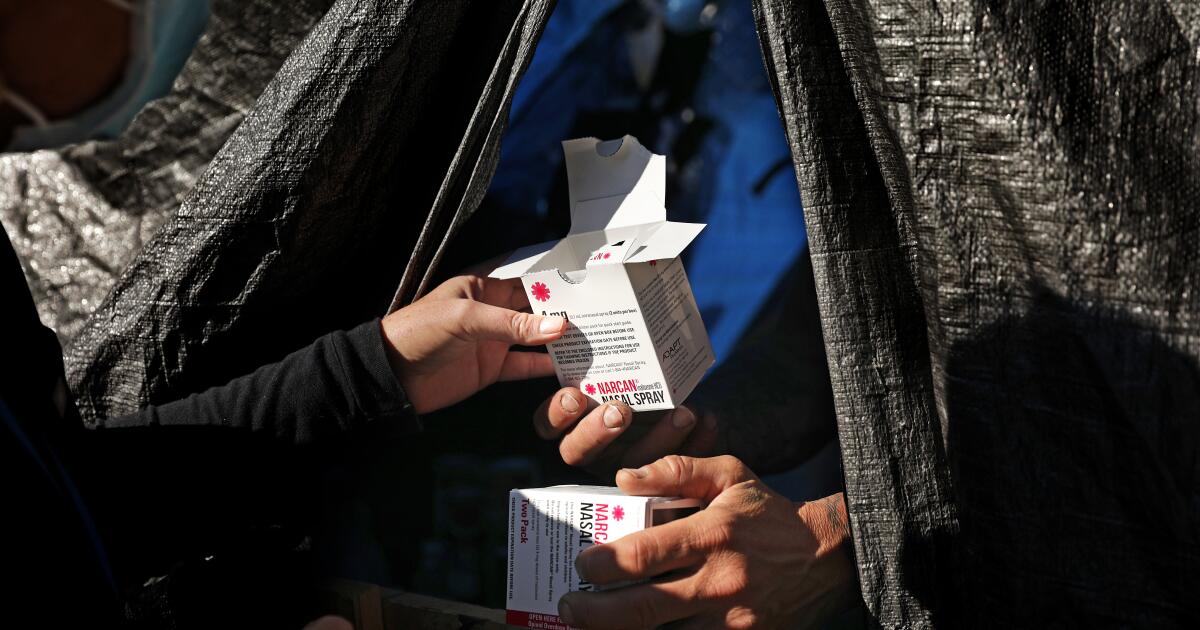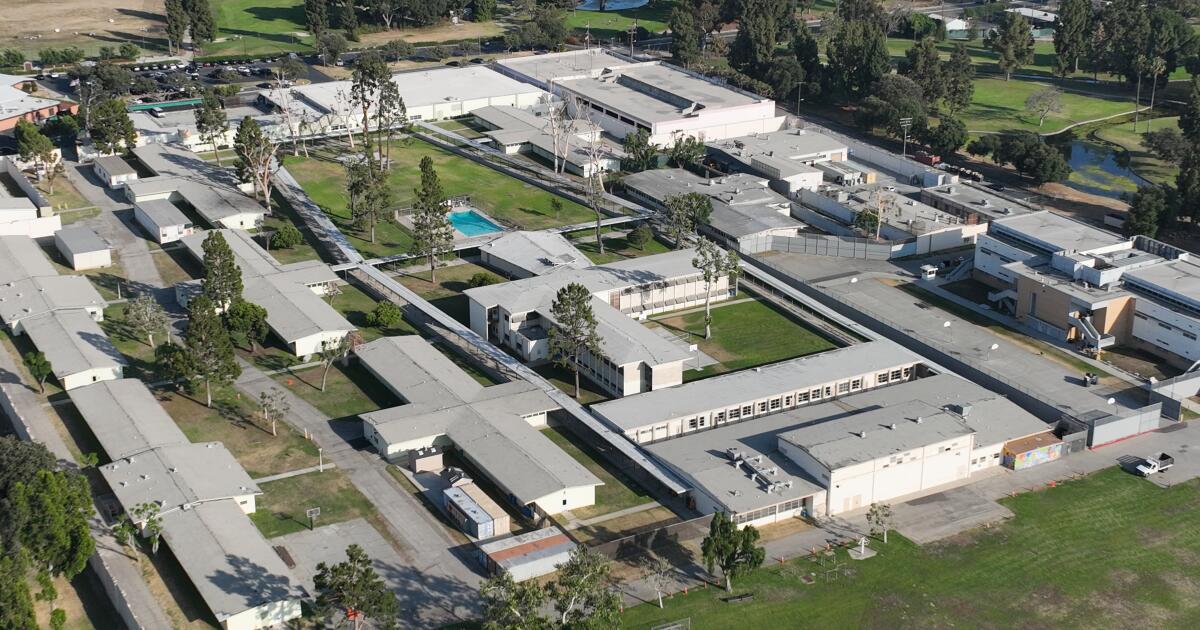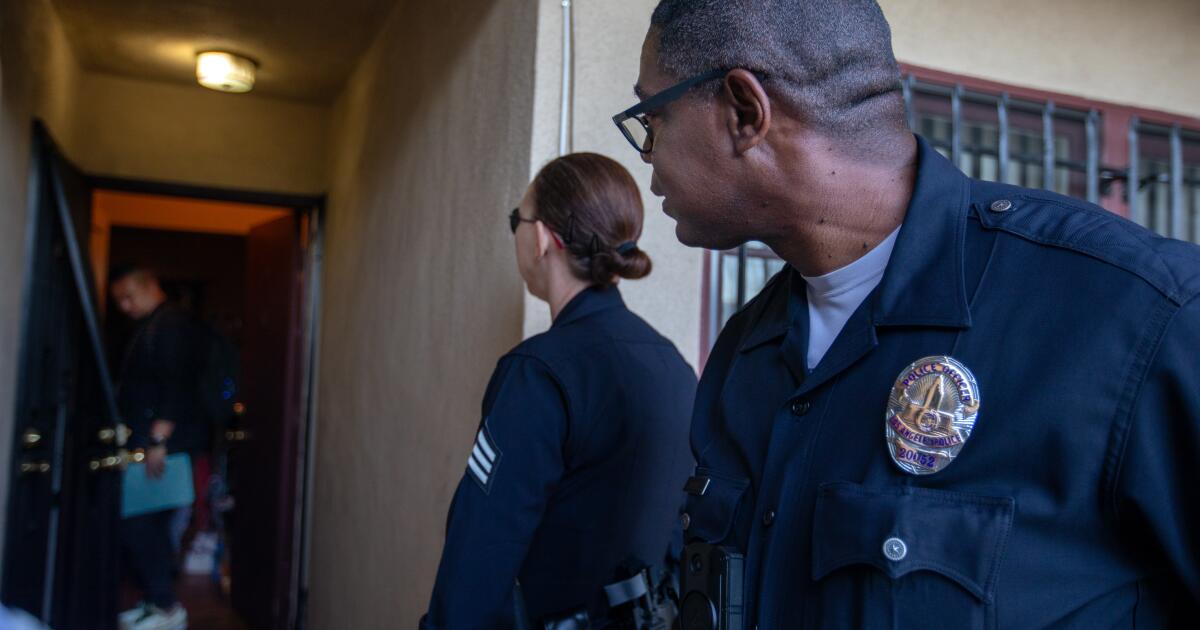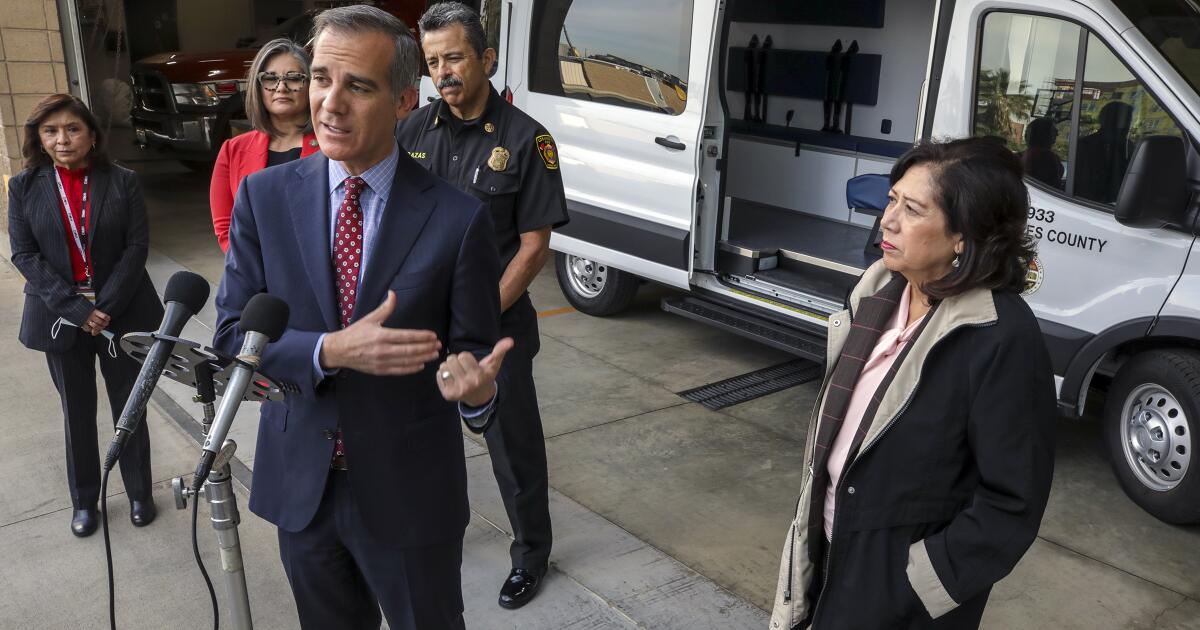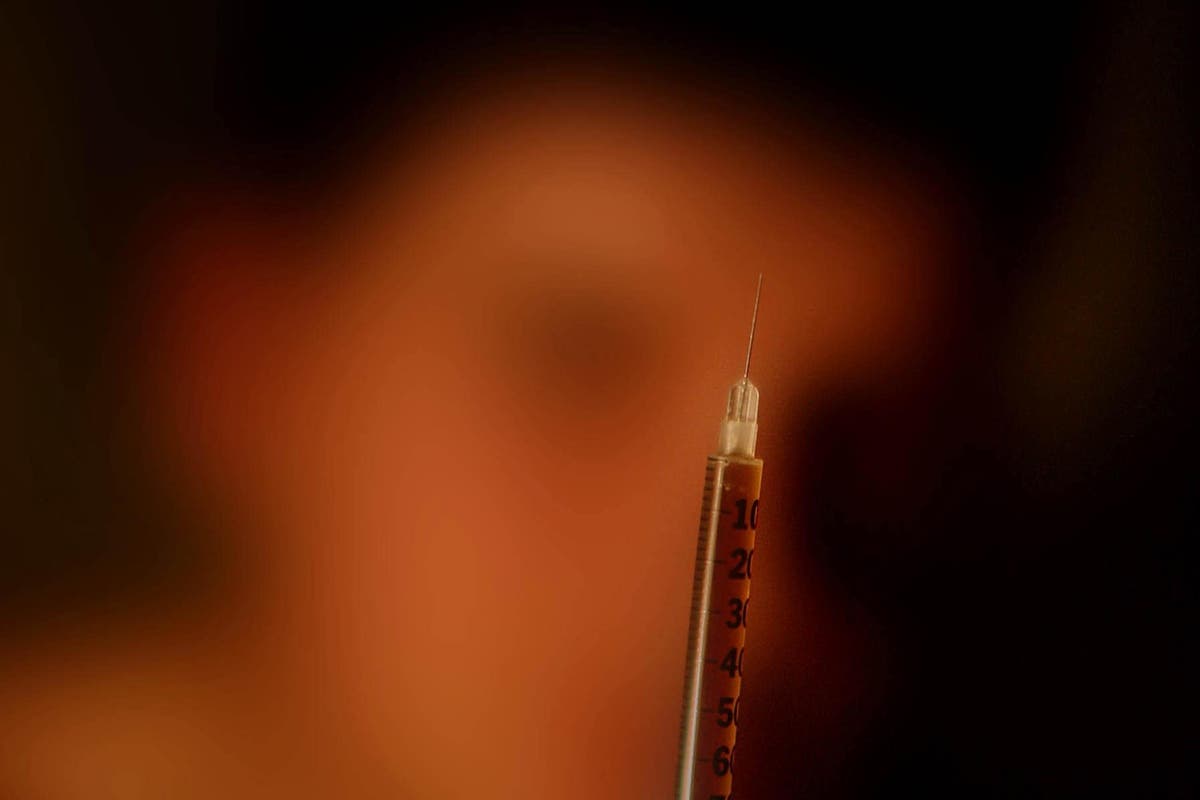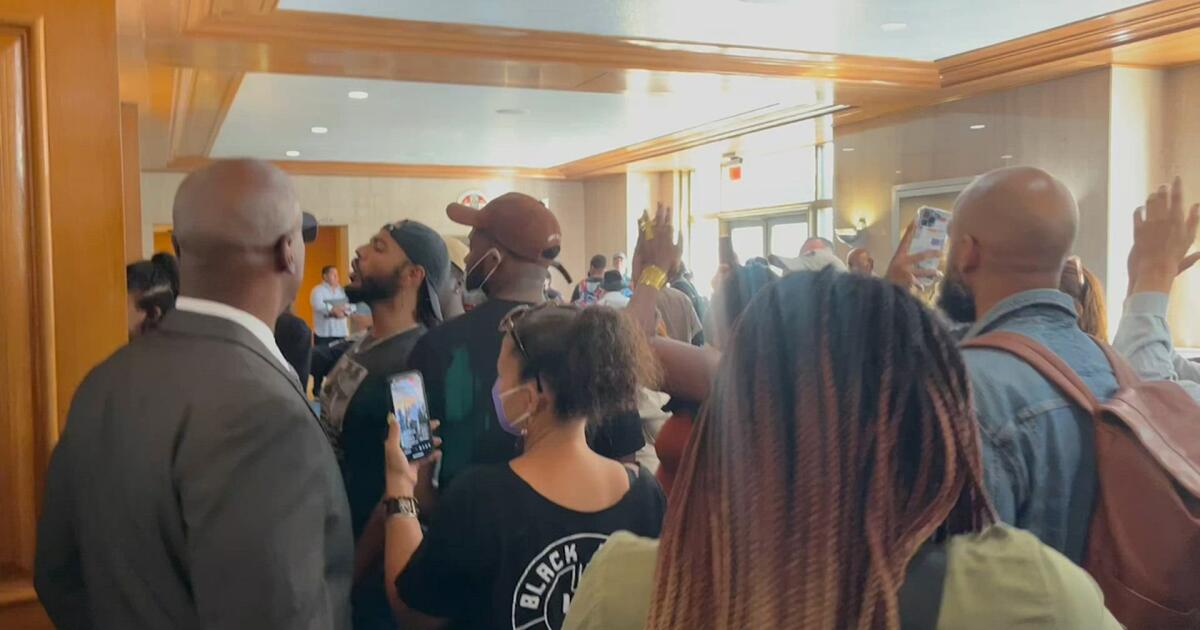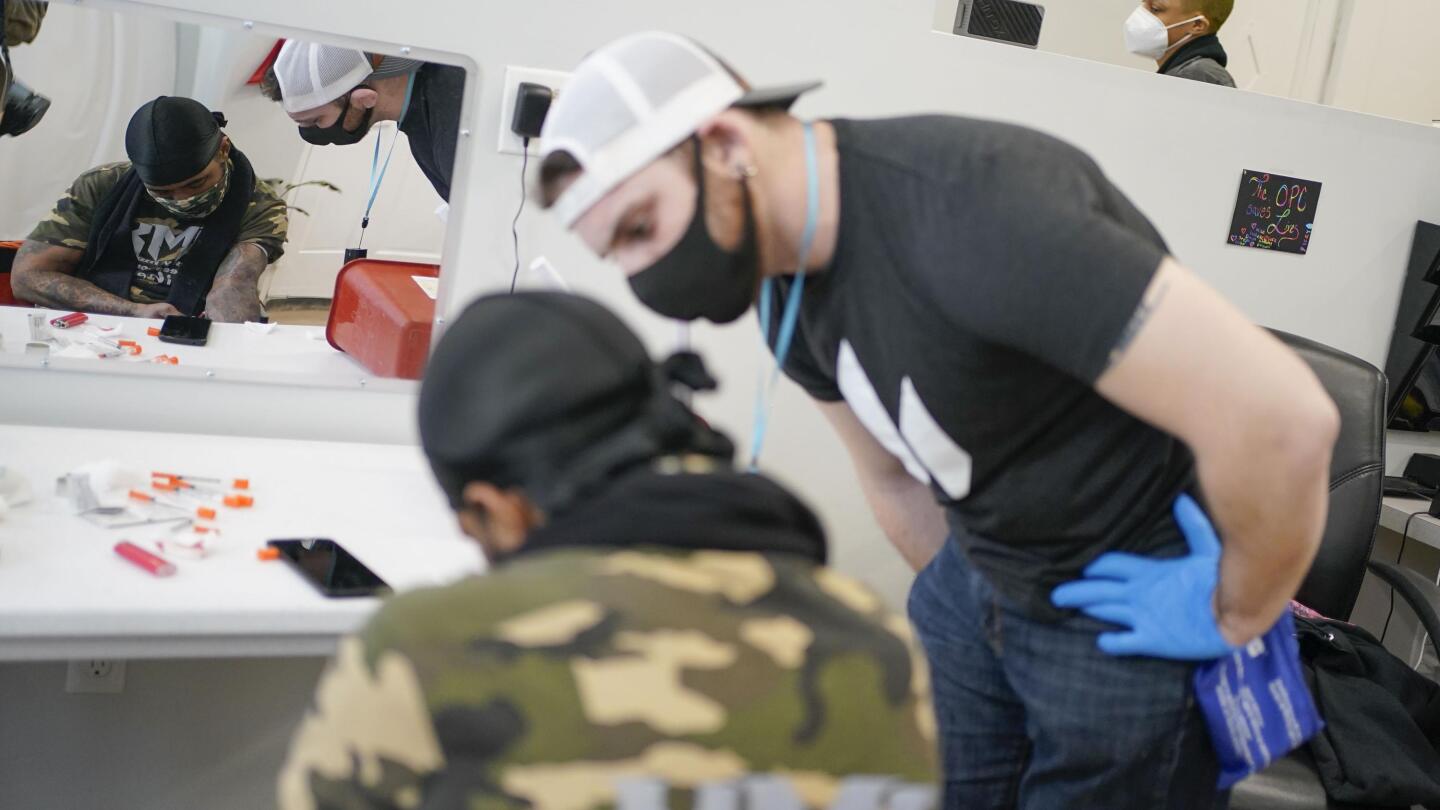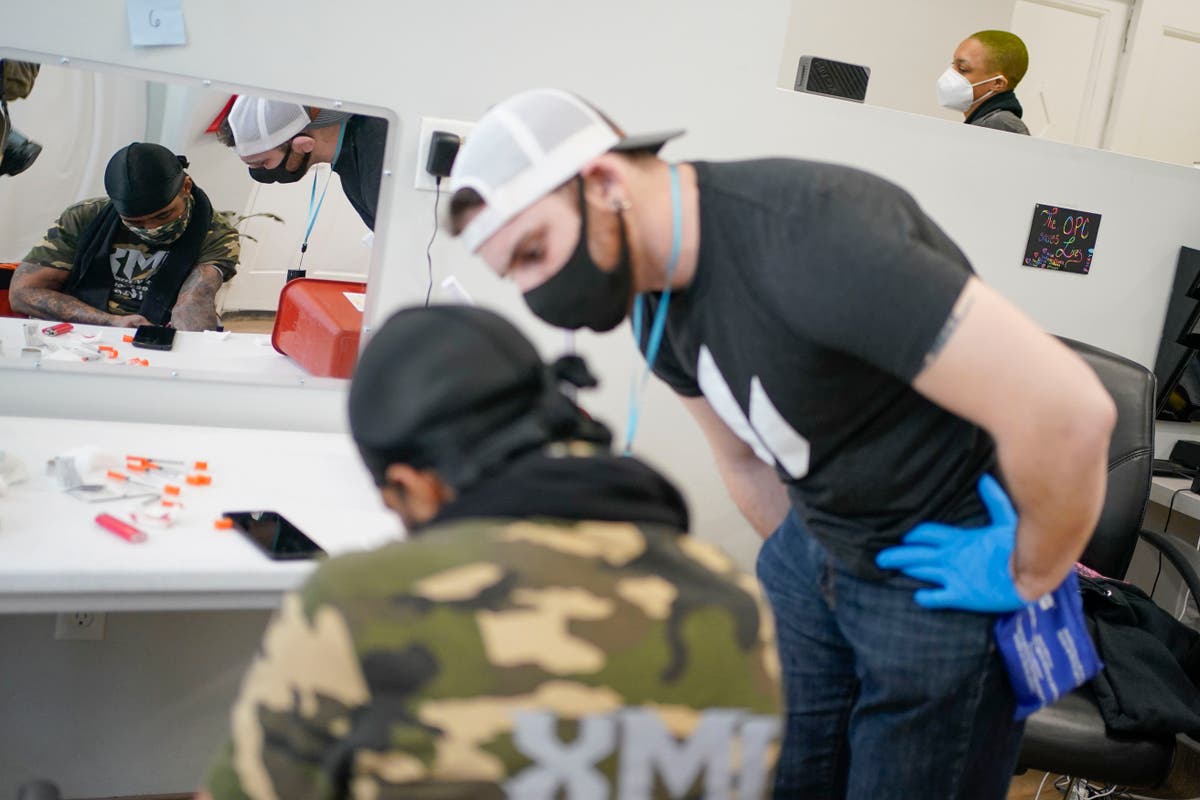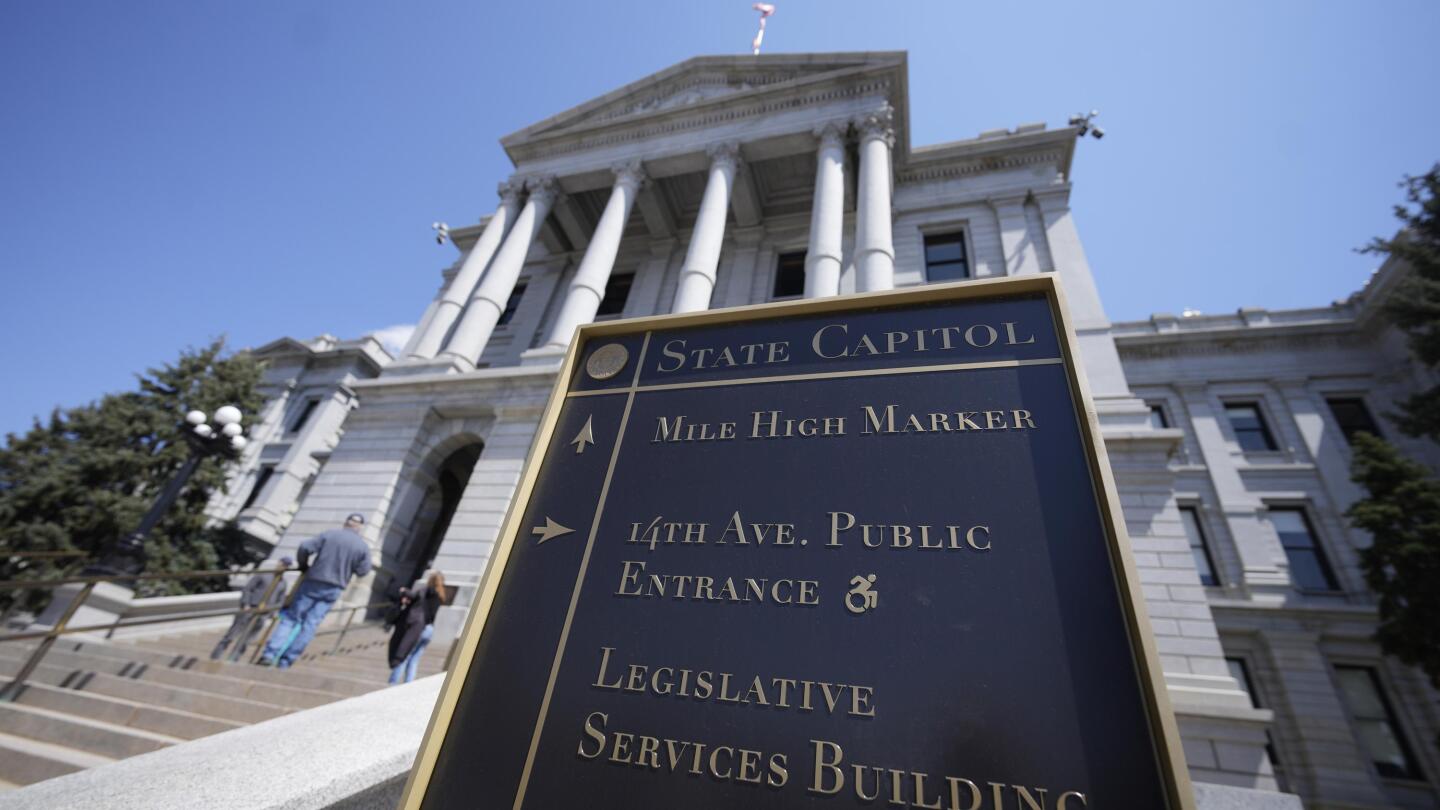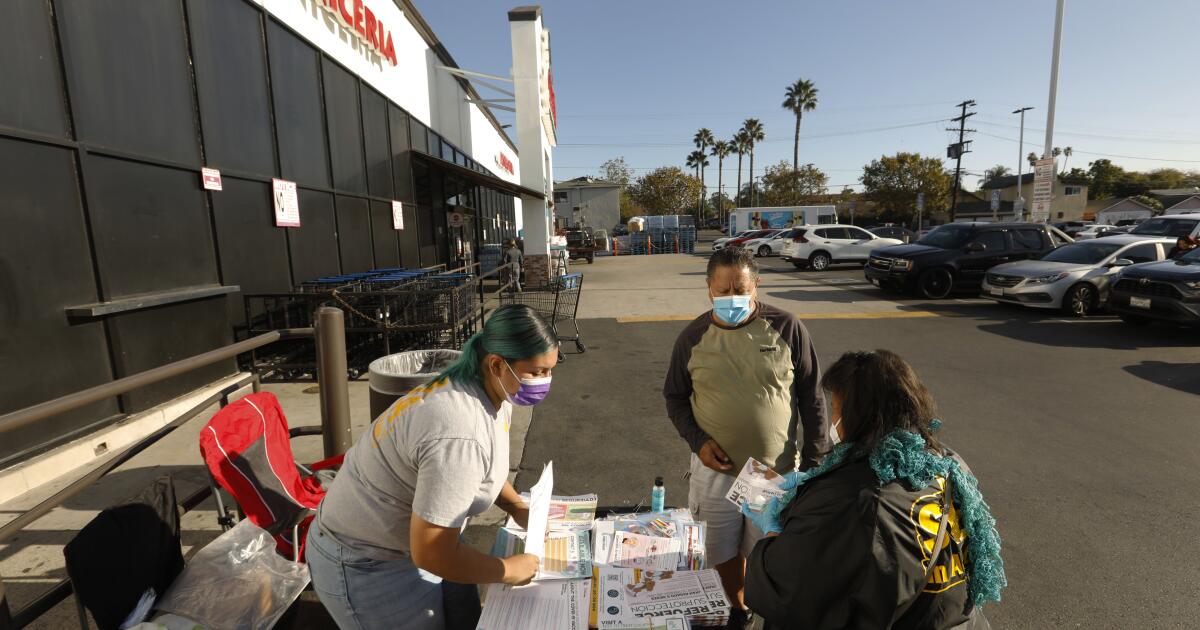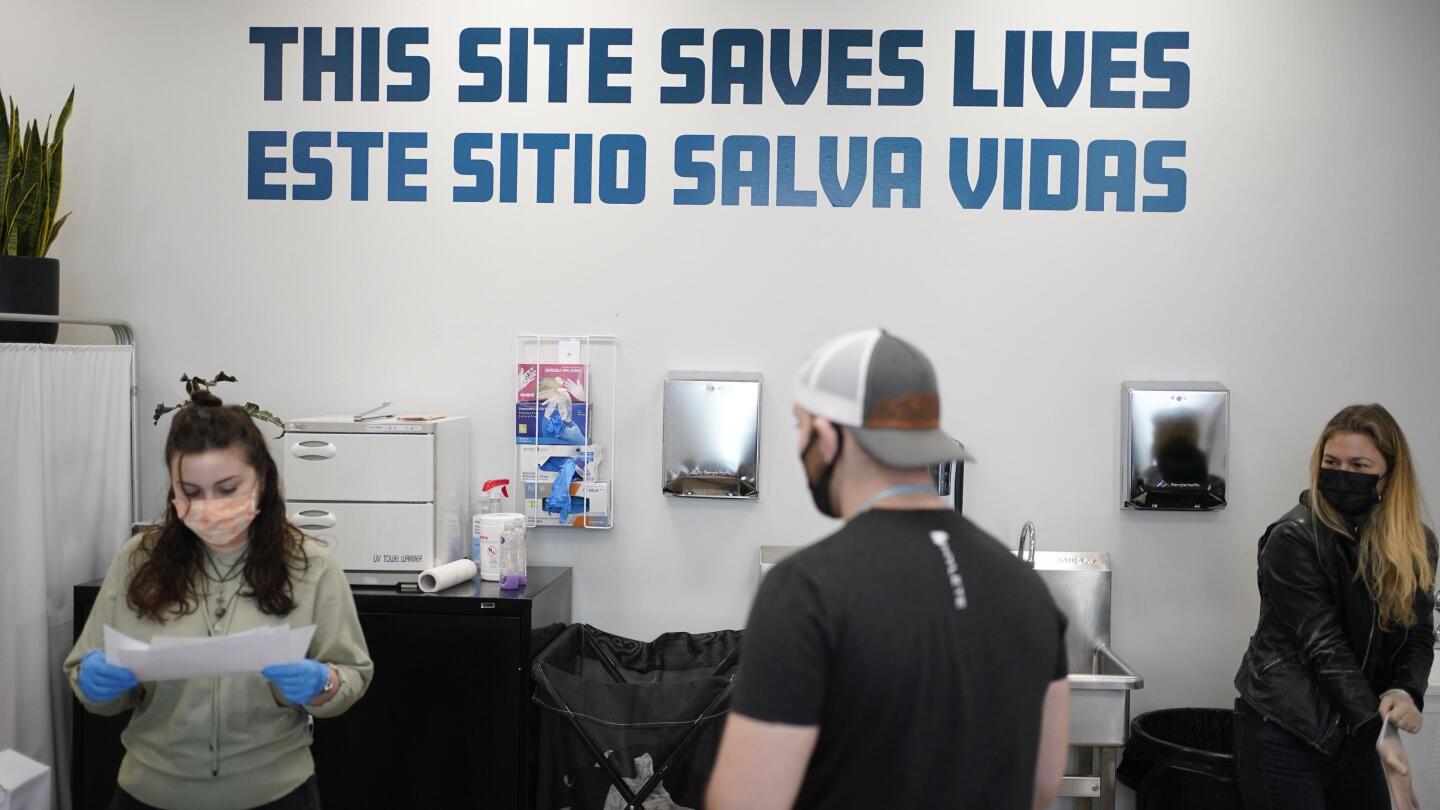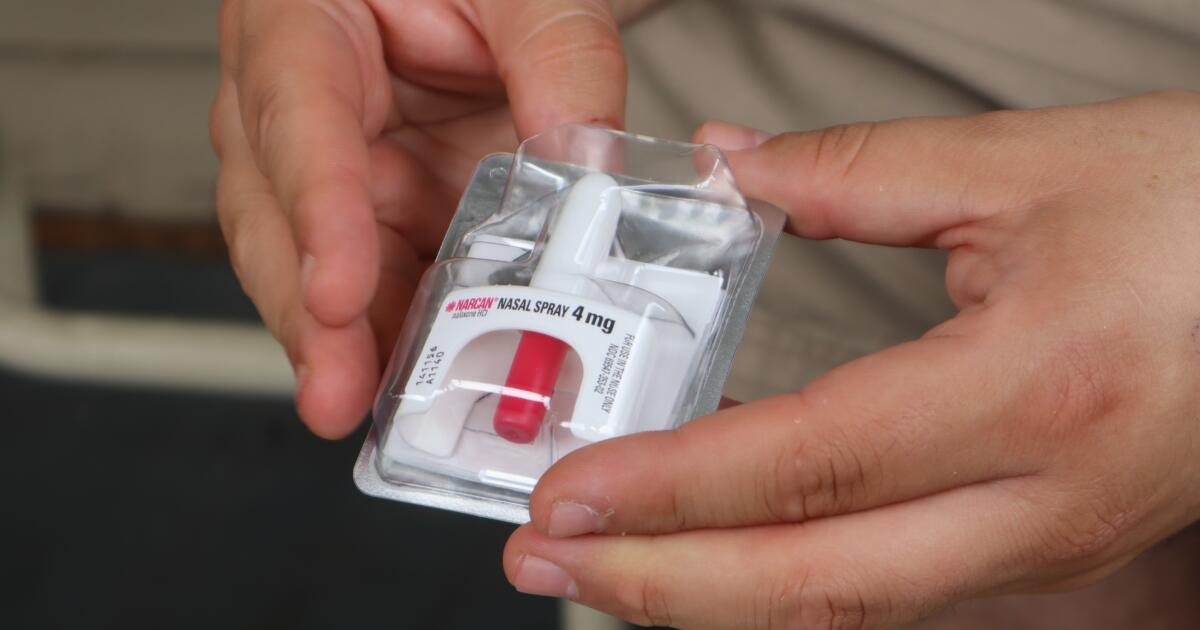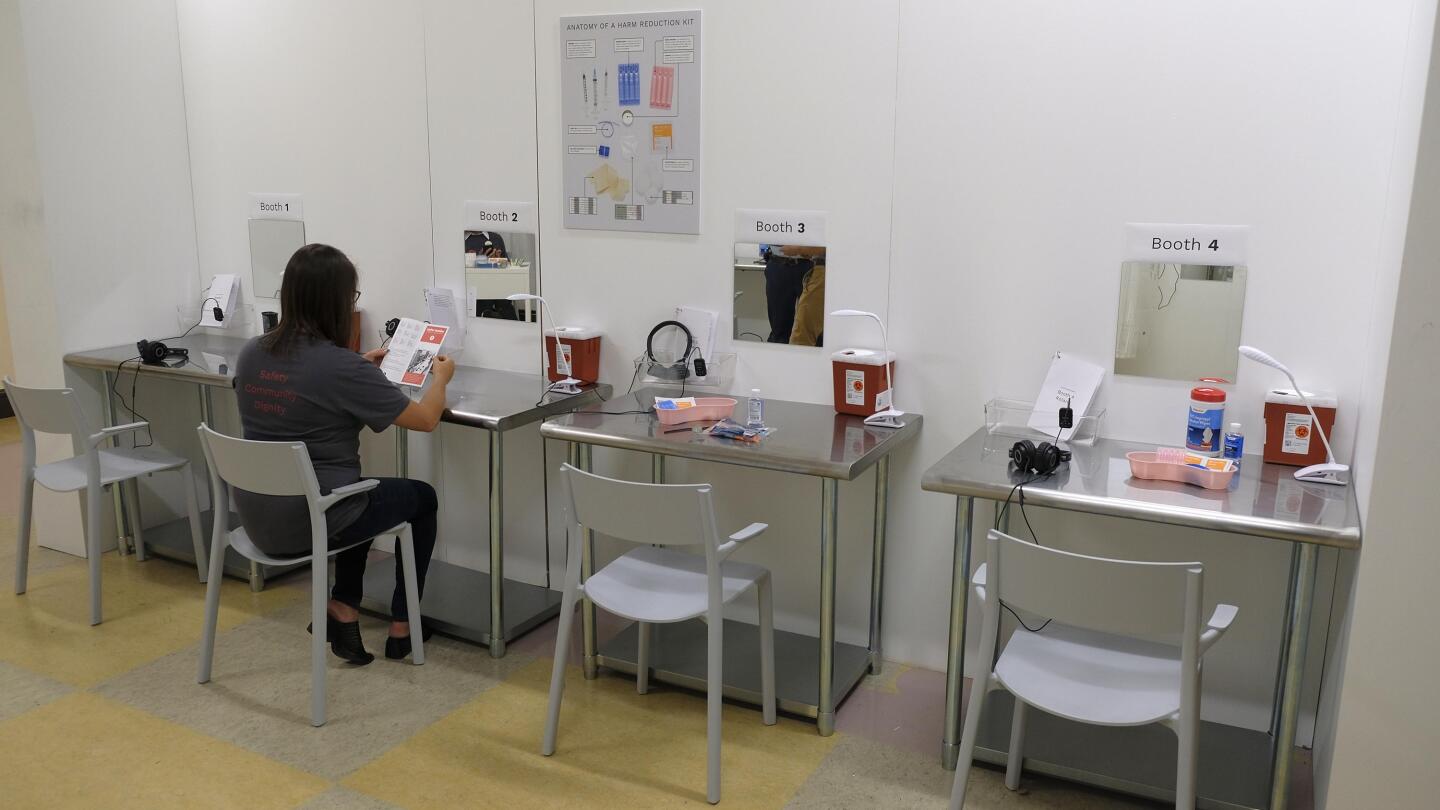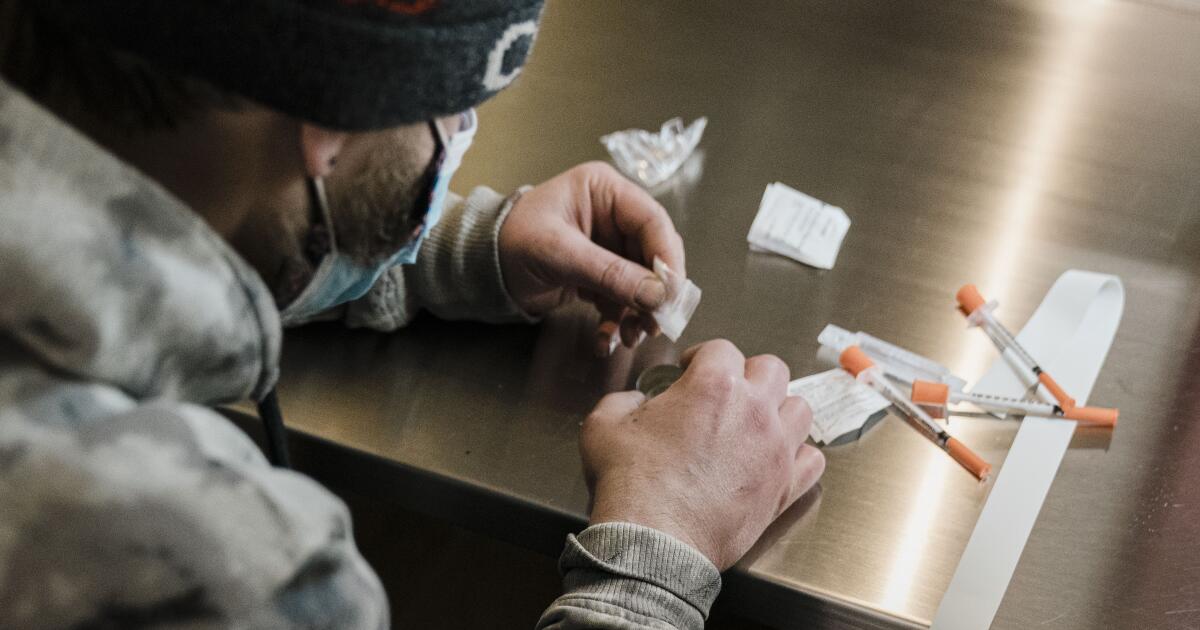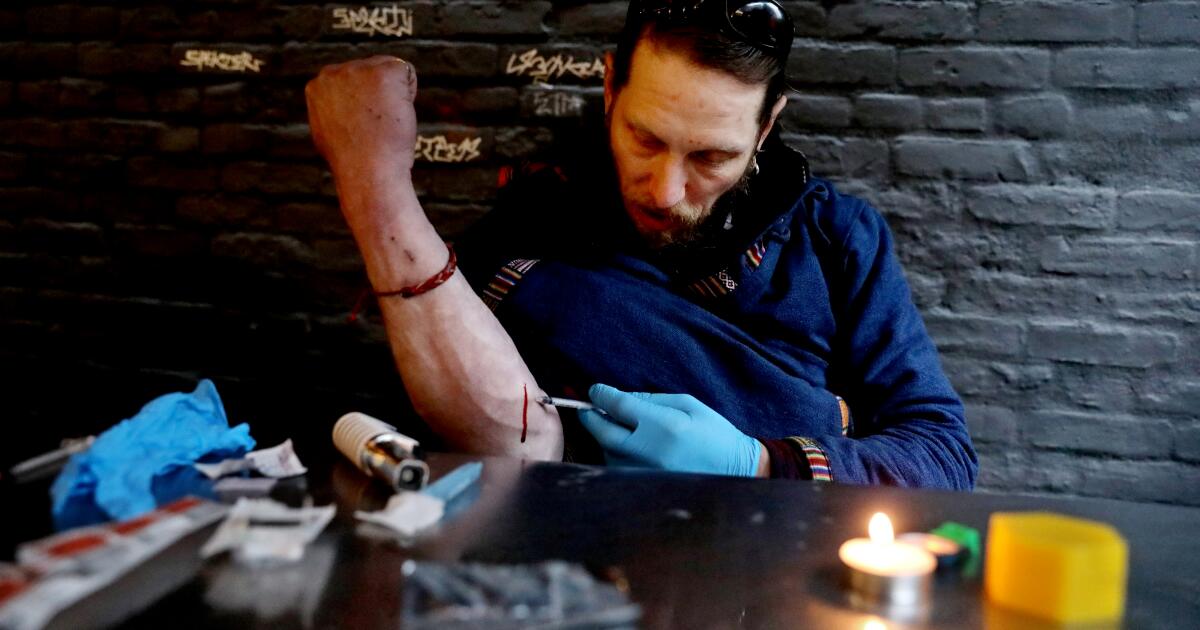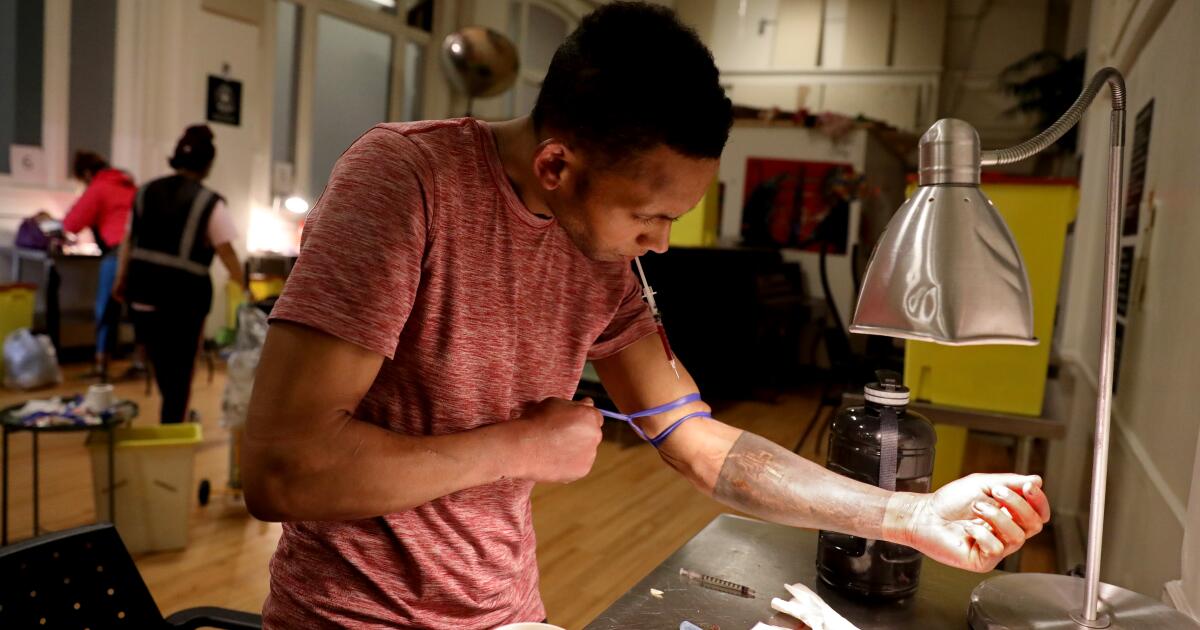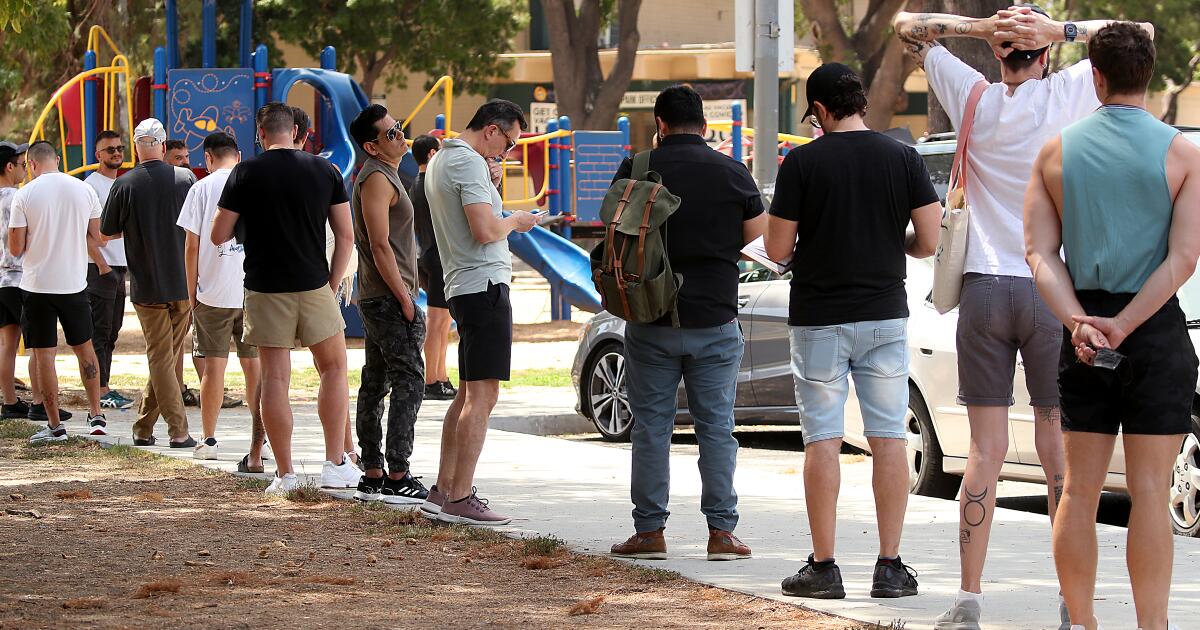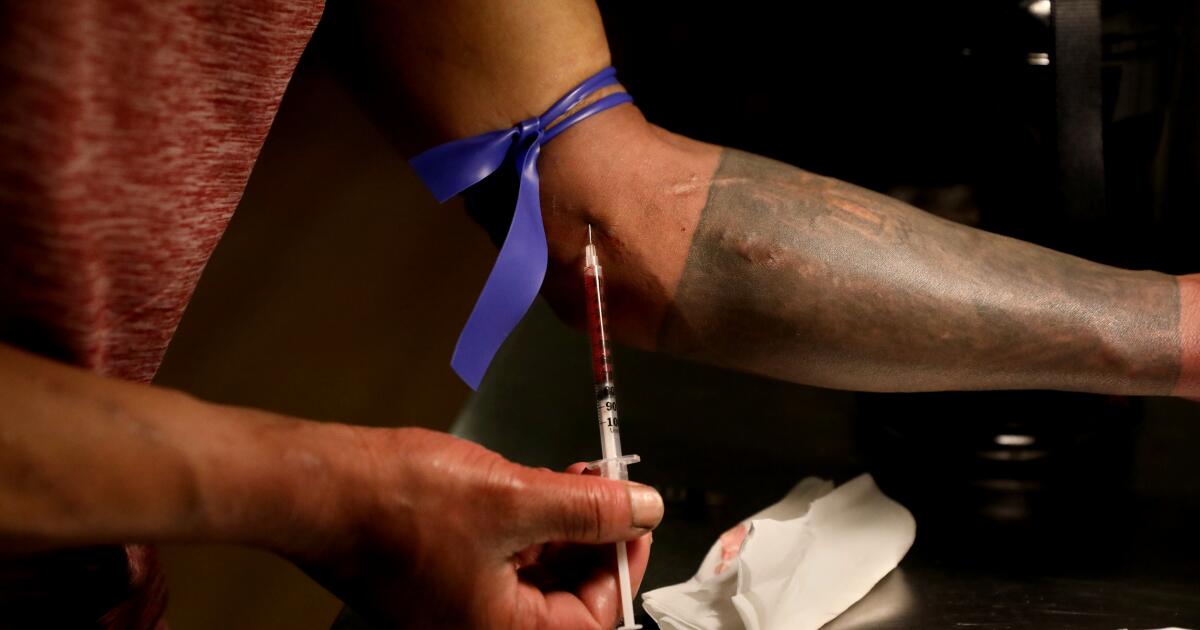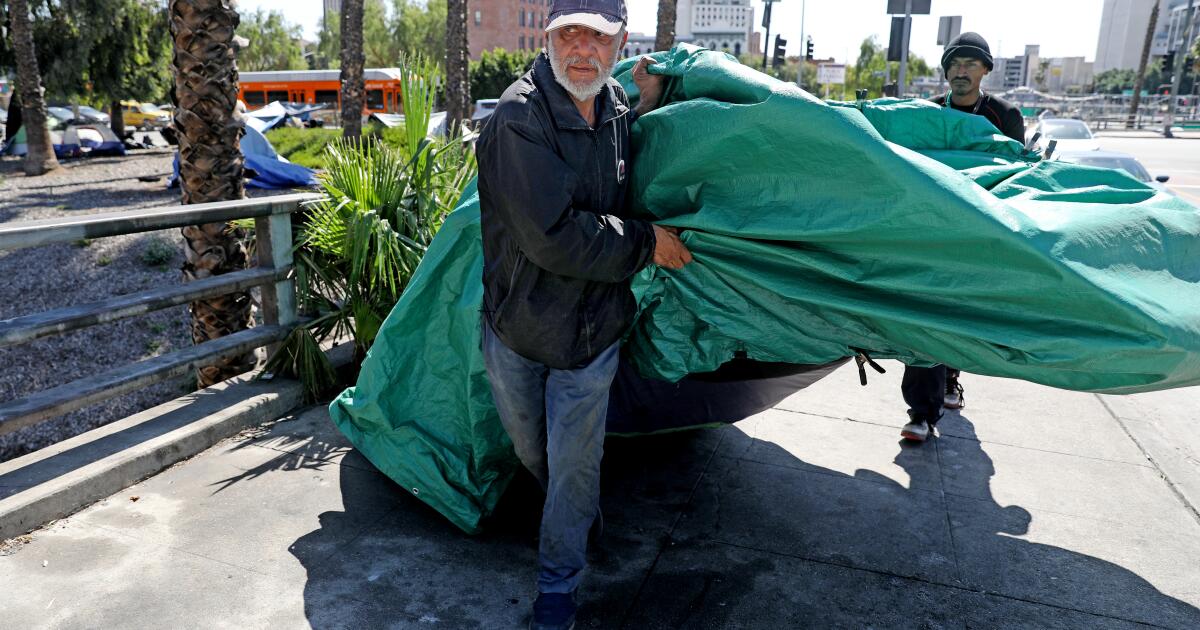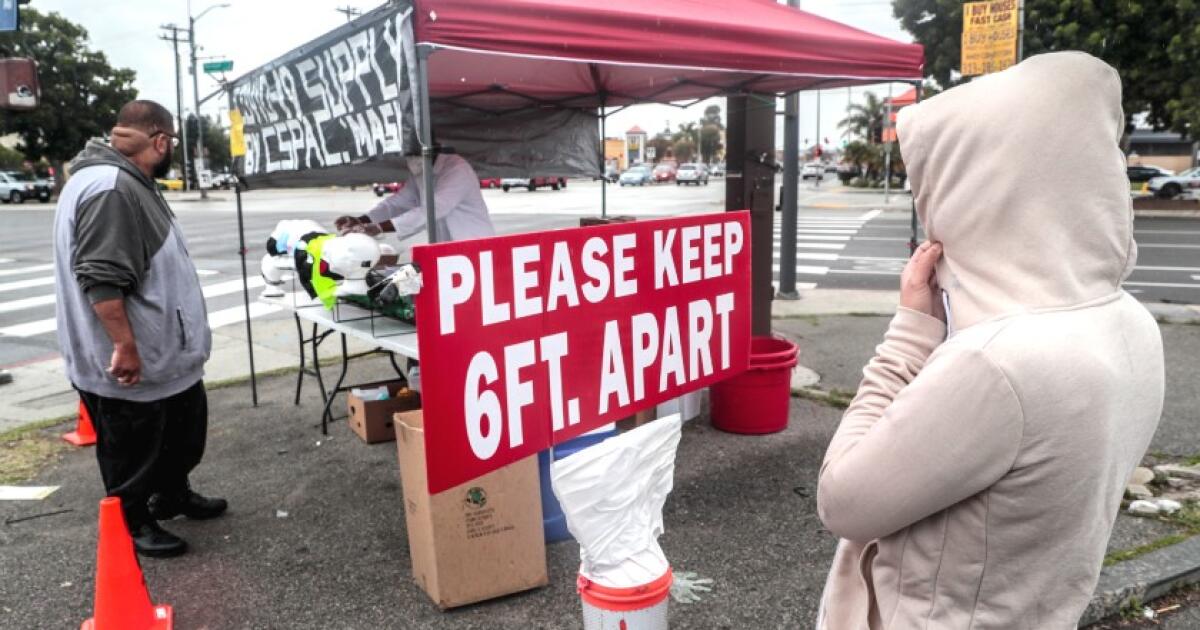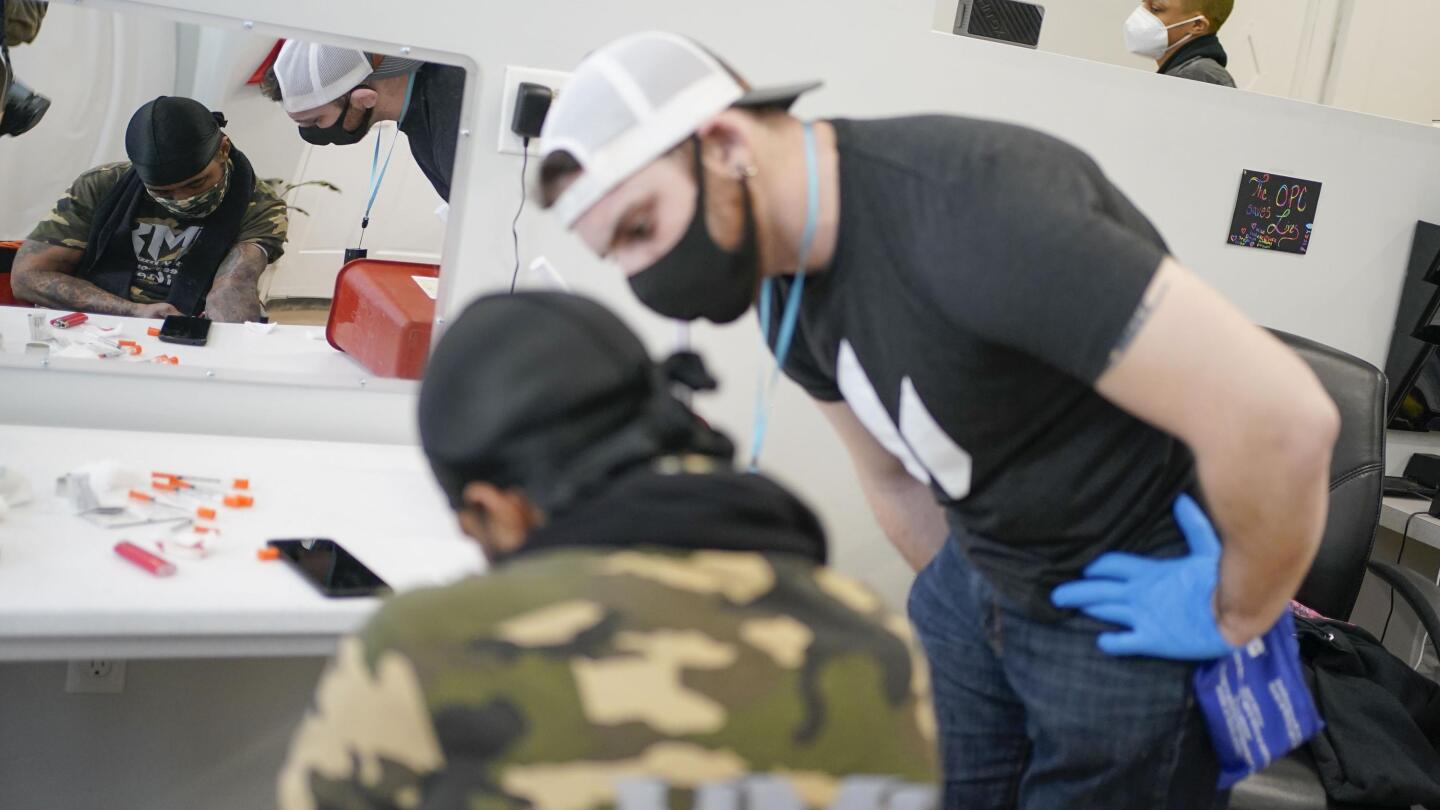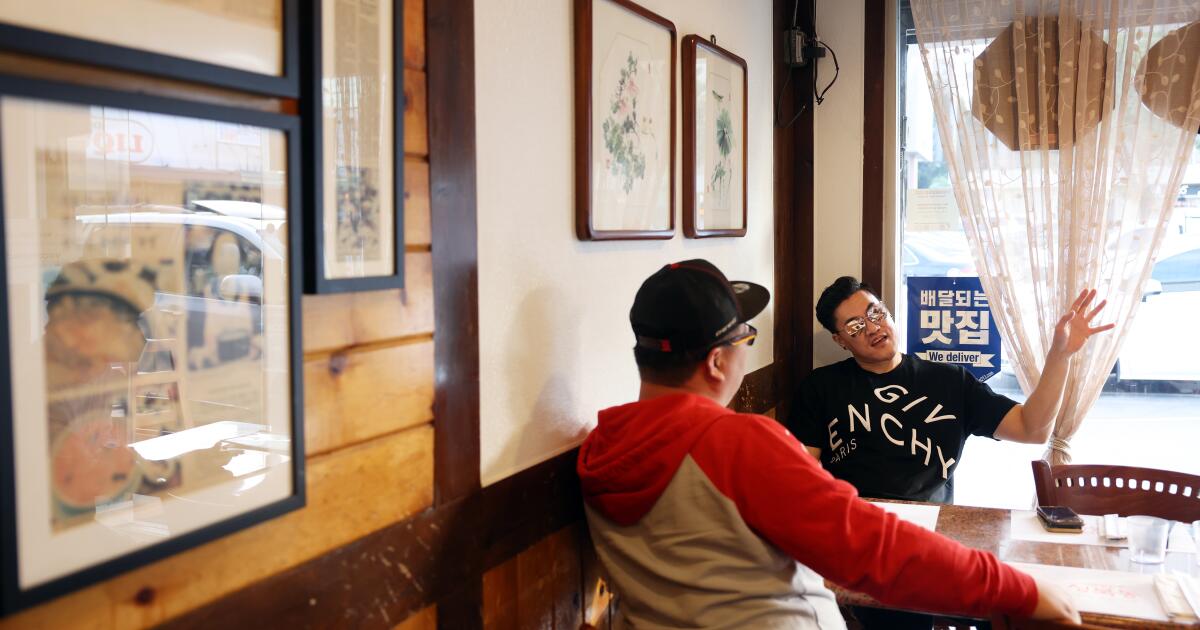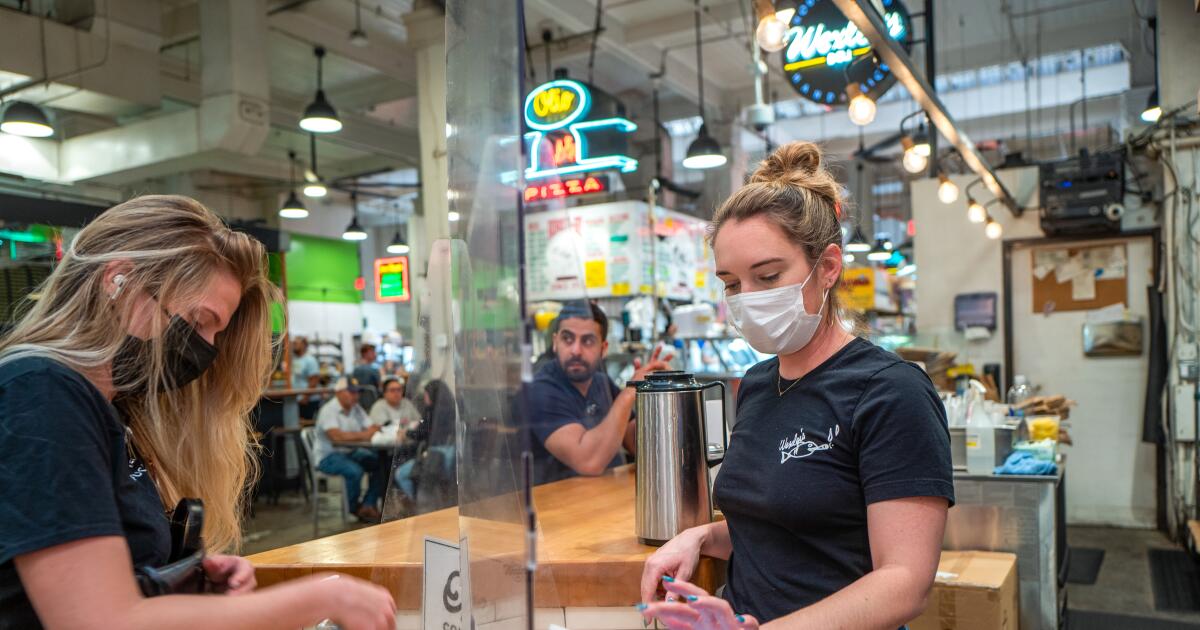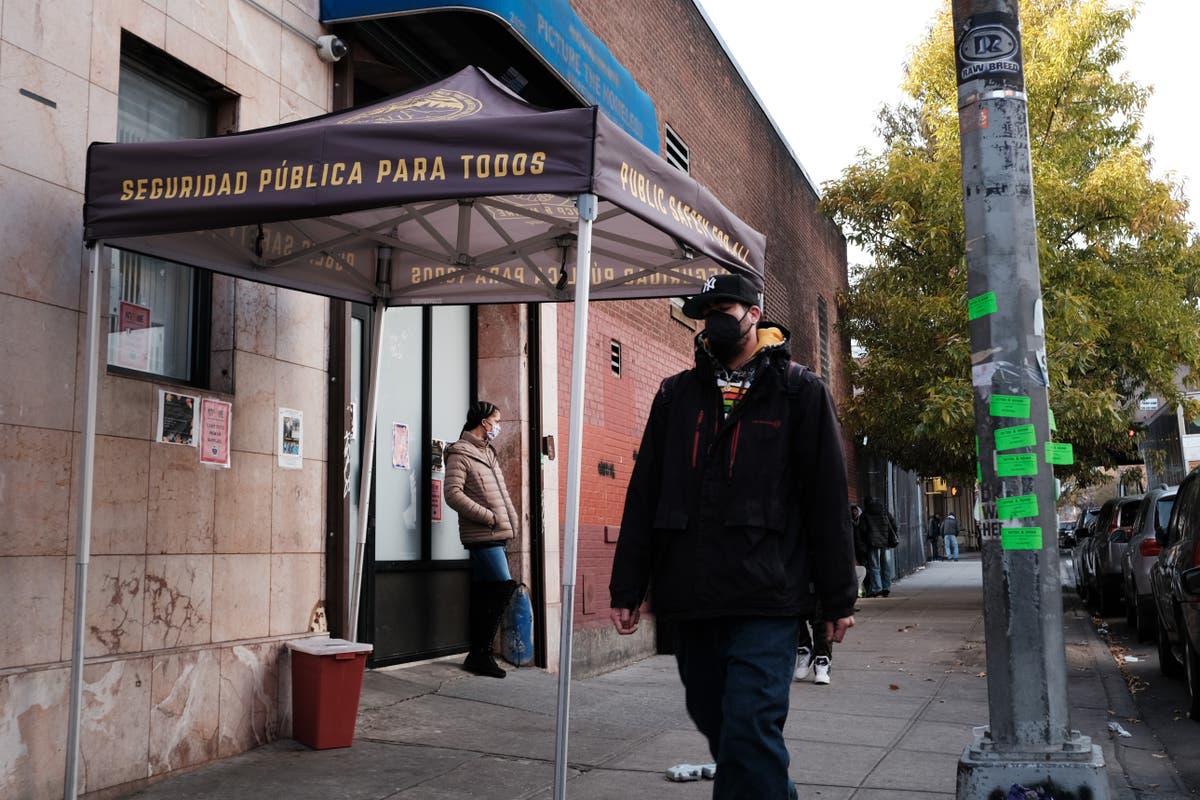
‘This is not the end’: L.A. advocates say veto doesn’t shut door to safe injection sites
LA TimesCity Councilmember Nithya Raman, left, and Soma Snakeoil, founder of Sidewalk Project, at a rally held to mark International Overdose Awareness Day outside City Hall on Wednesday. Los Angeles County Supervisor Hilda L. Solis said in a statement that “with a crisis this large, we must examine all effective tools to prevent needless death.” The county supervisor added that although she had hoped SB57 would become law, she was “already in communication with our health departments so we can work with the state on a path forward, including minimum standards and best practices for safe and sustainable overdose prevention programs.” Some advocates argue that Los Angeles could press ahead without the blessing of state officials and authorize such sites. When asked about whether Los Angeles Mayor Eric Garcetti supported any local action to authorize safe injection sites — including an emergency declaration — spokesperson Harrison Wollman responded with a written statement that Garcetti “looks forward to working with the county, governor, and state legislature on strategies in Los Angeles that can help save lives.” Councilmember Nithya Raman has been looking into the idea of an emergency declaration and what it would mean, her spokesperson Stella Stahl said. Raman, who spoke at the event outside City Hall, argued that there is firm evidence for safe injection sites and “we need to be leaning into exactly these kinds of solutions — not shying away from them for political reasons.” But not everyone on the council is on board with the idea of launching the supervised sites, even though Los Angeles officially backed SB57 and sought to be included among cities that would pilot the programs. His challenger, retired Long Beach Police Chief Robert Luna, said he agreed with Newsom’s veto of SB57 and “his explanation of a lack of infrastructure in place to locate and support such sites.” Villanueva opposed the state bill, saying the supervised sites would “only enable illegal and destructive drug use.” Yet Scholar, asked about how the Sheriff’s Department fits into the ongoing discussions about supervised sites, called the agency “a true partner on overdose response.” By making naloxone available to reverse opioid overdoses in the county jails, Scholar said, “they now host the largest overdose prevention program in the world.” Davidson, the UC San Diego professor, said that if local officials hesitate to authorize the sites, community groups may “just go ahead and quietly do it.” At least one underground site has been operating for years in the United States, at which Davidson and other researchers found that dozens of overdoses had been reversed with naloxone by trained staff.
Discover Related

